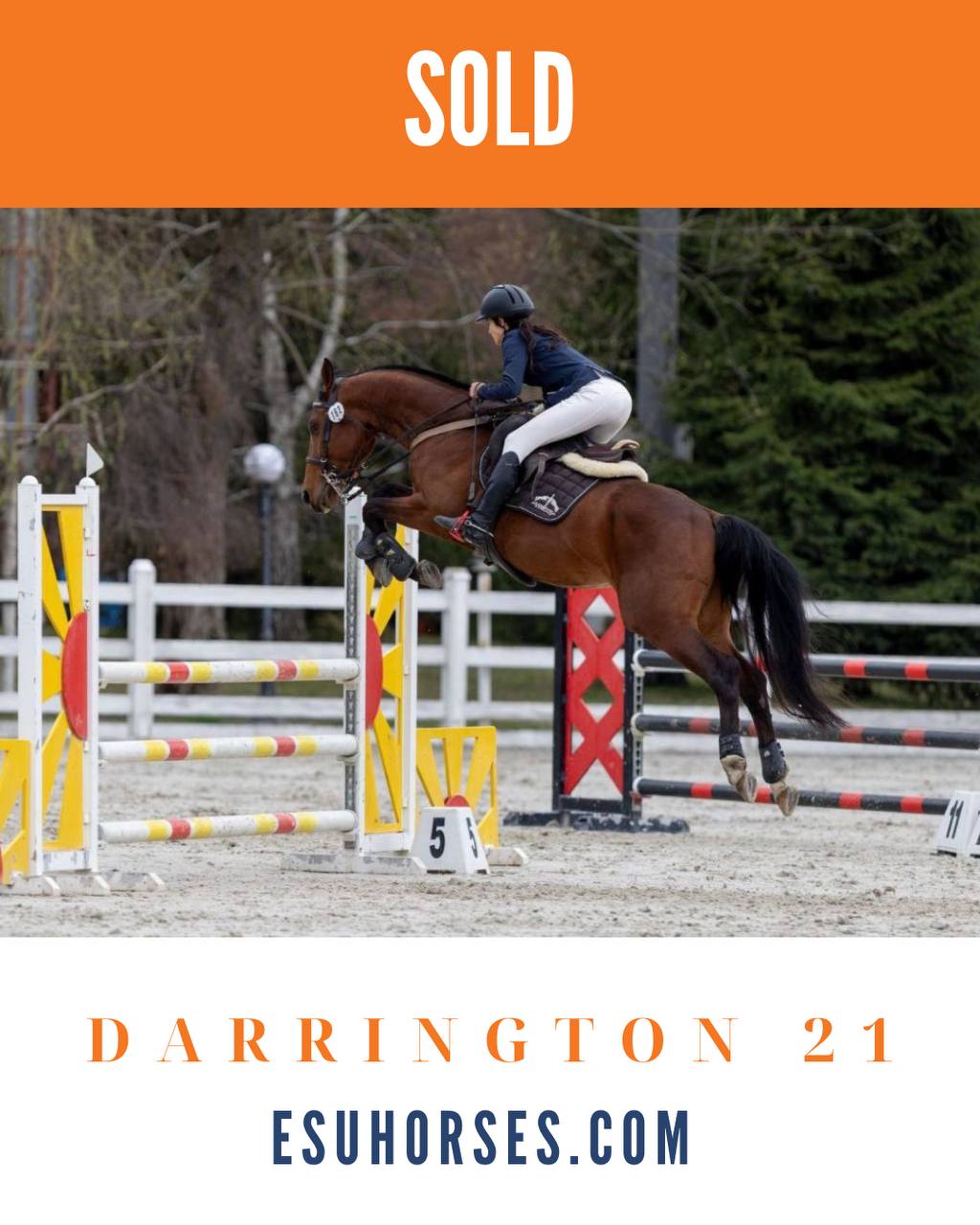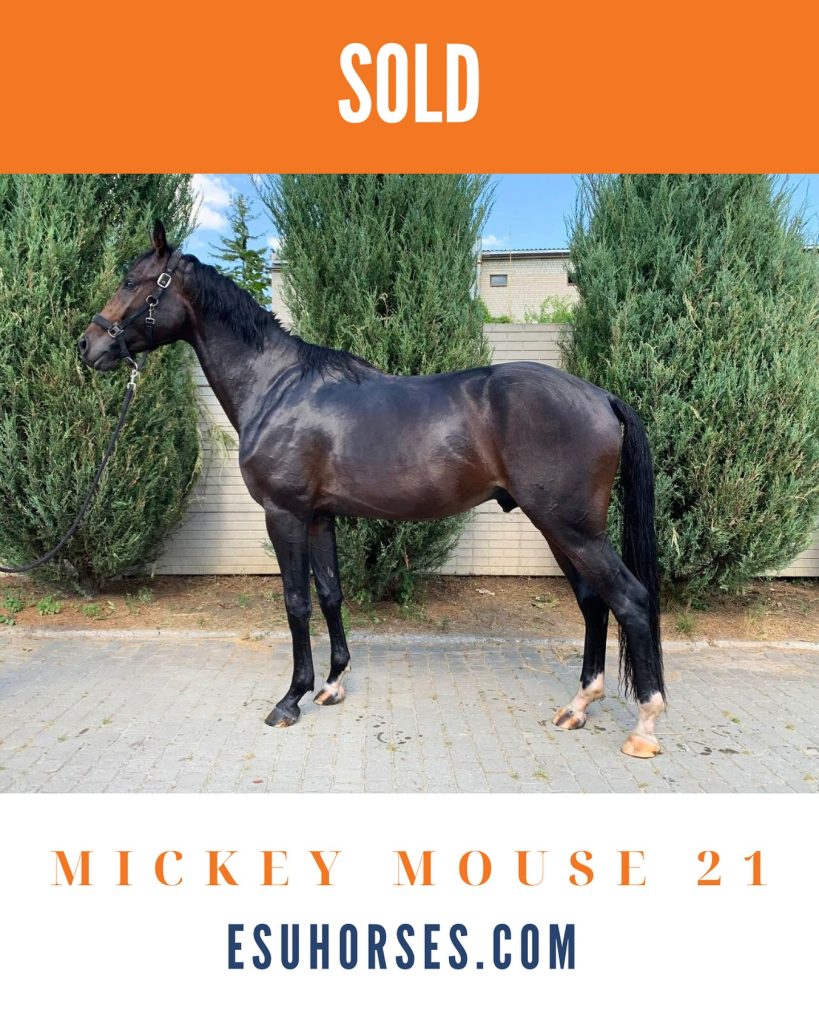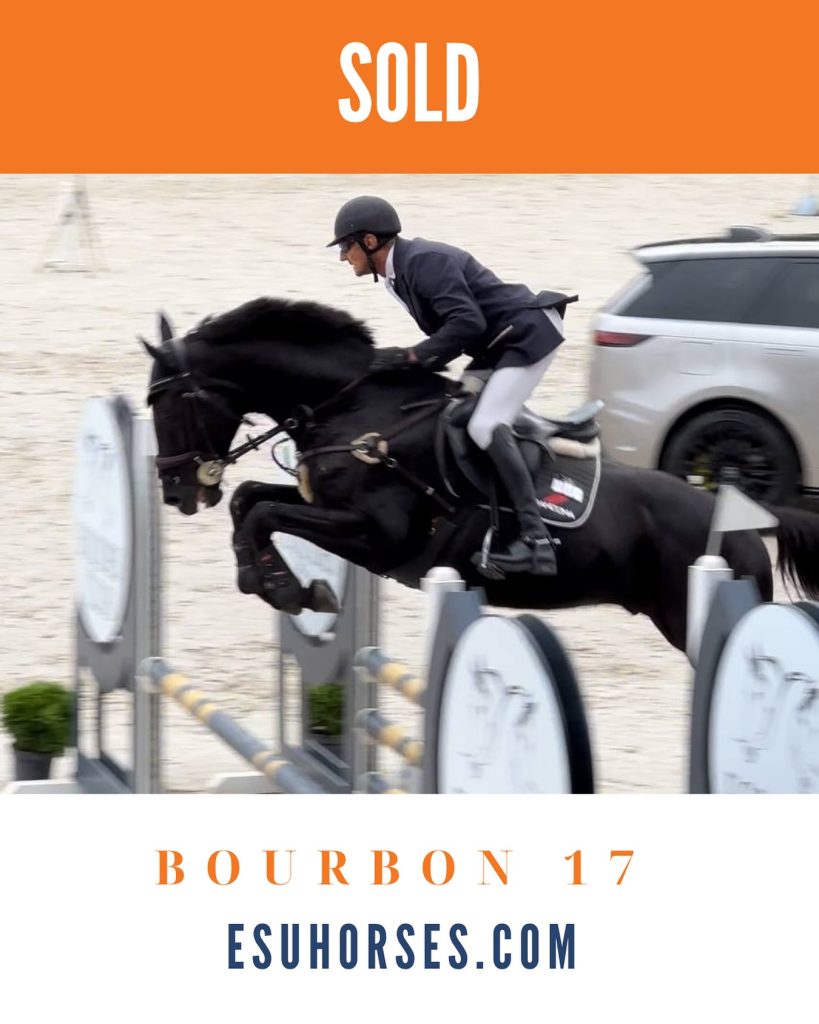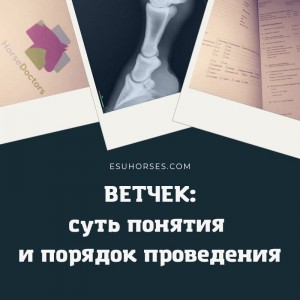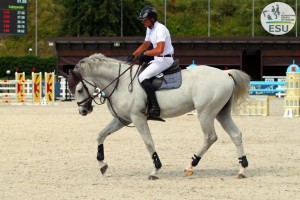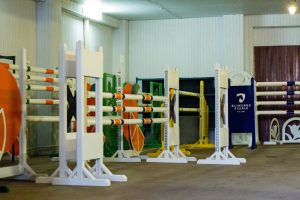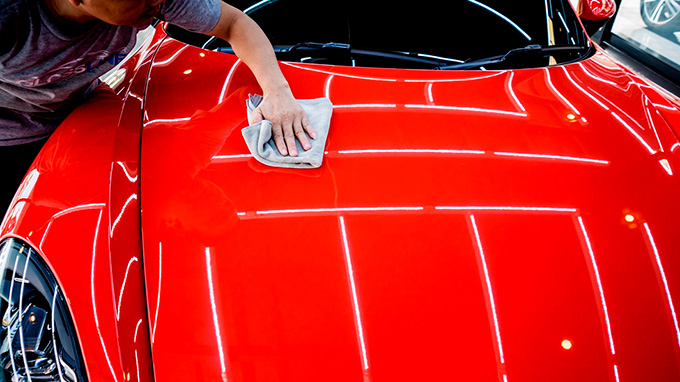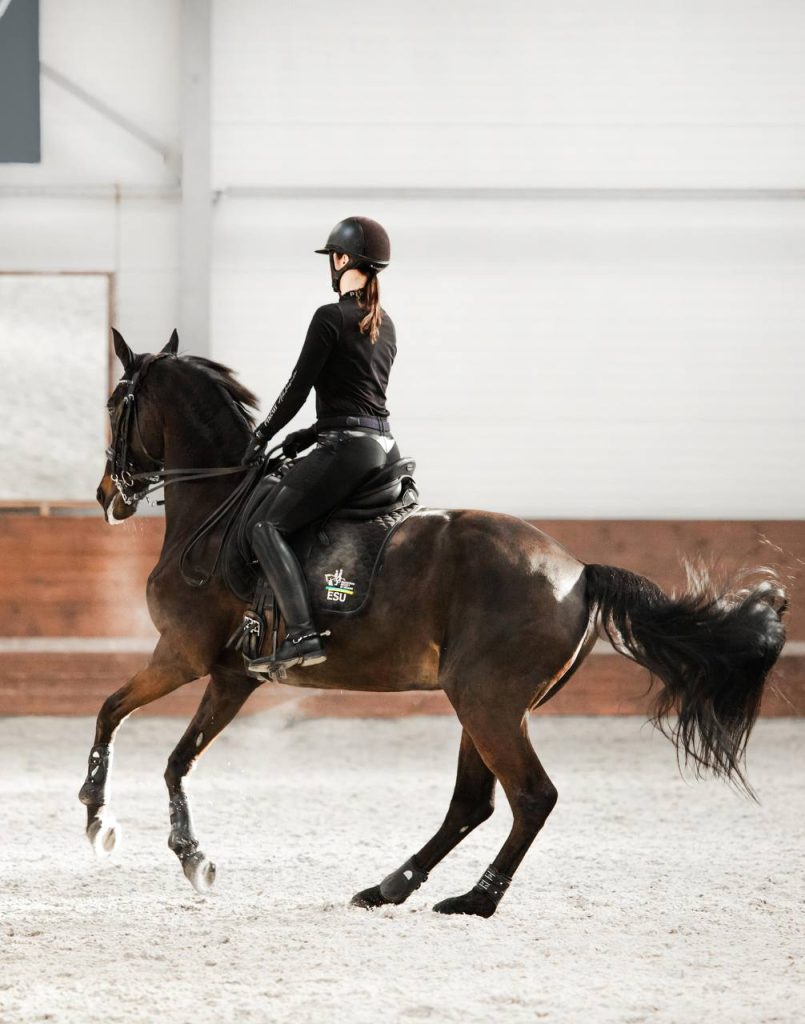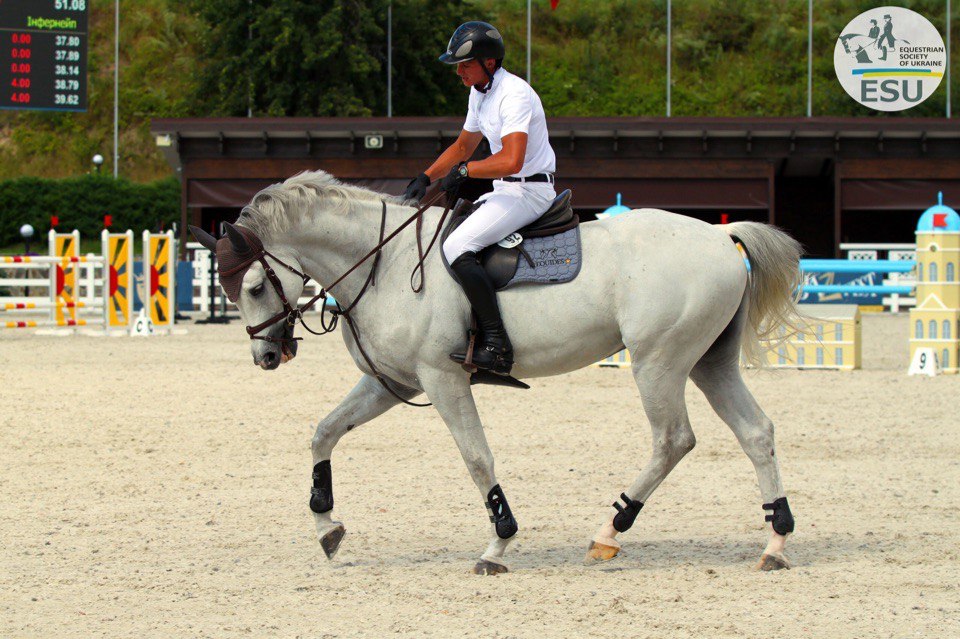
It is very common to see riders being taught to turn their horse by simply “pulling the left or right rein.”
However, riding with two reins is the very foundation of correct riding.
If your horse reacts to the shortening of one rein by turning in that direction, how will you later explain what flexion is? Flexion is also achieved by taking up a rein. As a result, movements such as leg-yield, shoulder-in, and other lateral work will remain unavailable to you — or you will end up pulling on your horse’s mouth, trying to drag it into the desired direction with a bent neck while nudging its side with your heel. (We’ll talk more about this when we discuss flexion.)
And what about turns with counter-flexion? What will you do then?
Remember, our goal is to achieve light, almost invisible aids and refined communication.
What Happens When You Pull on One Rein
Let’s look at what actually happens when you pull your horse with one rein.
-
You block the movement of the shoulder.
By pulling the rein, you bring the horse’s shoulder backward — while the horse itself is moving forward. This immediately disrupts the rhythm. -
The horse turns on the forehand instead of through the body.
The hindquarters swing out, the haunches lag behind, and at faster gaits the horse may even lose balance and fall to the side.
In a correct turn, the horse should bend through its body and bring the inside hind leg underneath the body to maintain balance and unity of movement. -
You lose the possibility of correct flexion and contact.
All those important exercises we mentioned become impossible to perform correctly.
So how do we tell the horse that we want to turn, if not by using our hands?
A Simple Left Turn (Without Flexion)
Let’s analyze a simple left turn without asking for flexion.
You’re riding in a straight line, with even contact on both reins.
These two reins, applying equal pressure to the corners of the horse’s mouth, create a “corridor” through which you ride your horse forward.
To turn, all you need to do is shift the corridor.
You turn your torso — keeping your shoulders parallel to the horse’s shoulders — but without increasing pressure on either rein.
Your arms follow your body naturally to the left, remaining soft and passive; you do not pull the inside rein.
The inside (left) leg at the girth asks the horse to bend through its body,
while the outside (right) leg prevents the hindquarters from swinging out, ensuring that the haunches follow the shoulders.
You will feel the horse come more firmly into the outside (right) rein, but you don’t give it away — both hands remain steady, with quiet wrists.
And that’s all.
The Result
Your horse will now begin to listen to your body, not just your hands.
It will stop turning in response to rein pressure alone, and you can confidently move on to working on flexion and more advanced lateral exercises.
